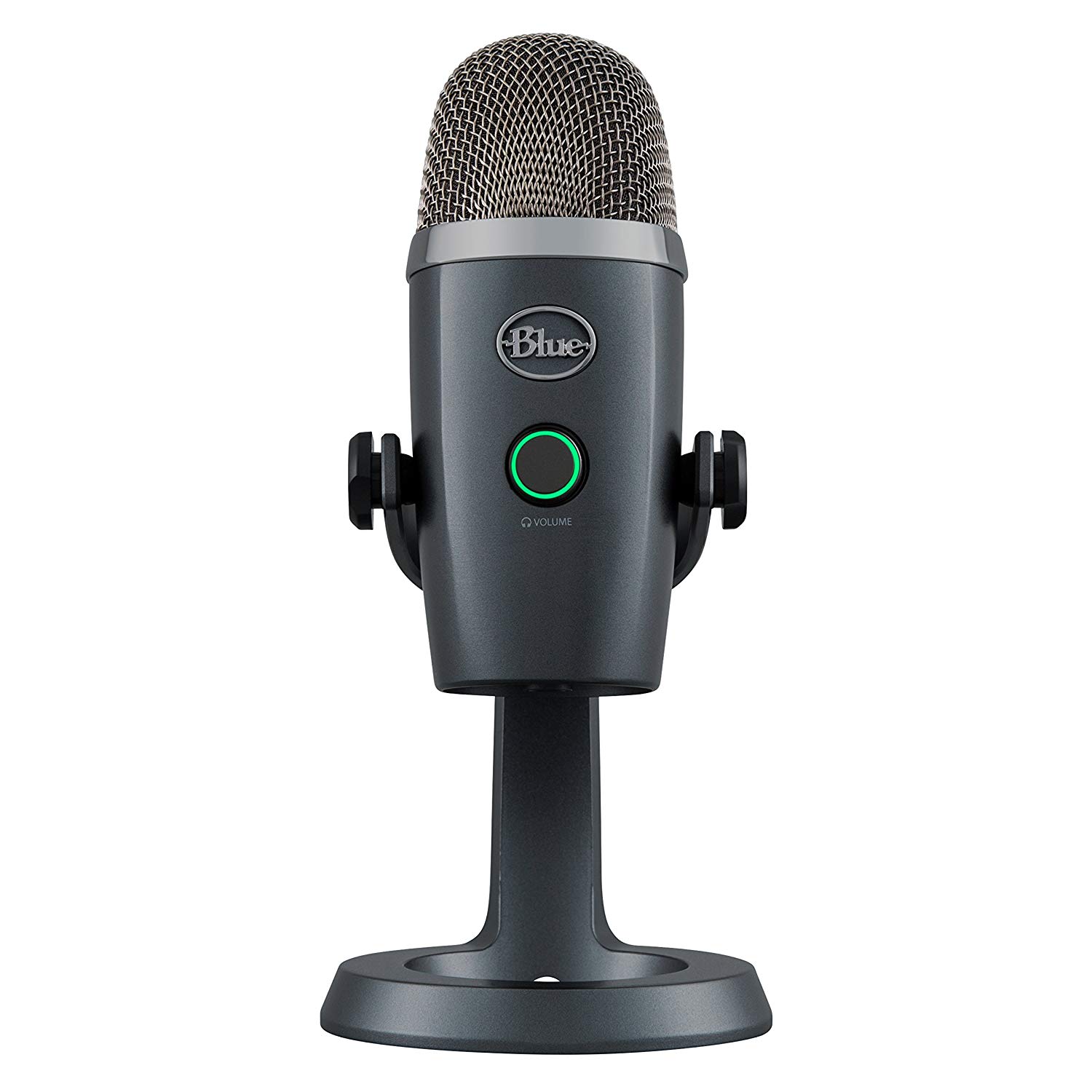
If you can’t get the app to work, it might be time to replace it with a similar one that does. Apple has made serious changes to the macOS permissions system over the last few revisions, so some outdated apps might not work. Look for an updated version to download, just in case the issues were caused by incompatibility. If everything seems fine, try deleting and reinstalling the app. Apps like Adobe Audition and Audacity allow you to specify an input device separate from the one selected in the audio “Input” settings under “System Preferences.” You can try checking the app’s preferences to see if there are separate settings for input devices. If a specific app isn’t working, it might be the source of the problem.

With the right source selected and any required permissions granted, your microphone should work. You can then approve or deny permission as you see fit by checking or unchecking the boxes next to the apps.
Usb mic for mac mini password#
Any you have approved will have a checkmark next to them, while those you’ve denied will not.Ĭlick the Padlock icon at the bottom left to authenticate with your admin password (or Touch ID, or Apple Watch prompt). You should see a list of apps that have requested access to your microphone. Head to System Preferences > Security and Privacy > Privacy, and select “Microphone” from the sidebar.

It’s often a good idea to deny apps access to your hardware until you’re confident it needs it to function properly. If you deny the request, the app won’t be able to access the computer’s mic. When apps want to access the microphone, a notification should appear asking you to approve or deny the request. It prevents apps from accessing the microphone until you specifically allow it. Check the Microphone PermissionsĪnother common cause of microphone problems is Apple’s expanded permissions system. If you see movement in the “Input Level” indicator, that’s a good sign, but more troubleshooting might be necessary to get things working properly. You might also see entries for other apps you have installed, like “Soundflower” or “Aggregate Device,” but you don’t want to use any of those right now. If you’re using an audio interface, select it from the list. If you want to use your AirPods as your microphone, select “AirPods” from the list. If the slider is too low, your Mac won’t detect any sound. If you don’t see anything, increase the “Input Volume” slider and try speaking again. If everything goes according to plan, you should see the bars fill up next to “Input Level” as you speak. To use a device, such as “Internal Microphone,” click it.

You should see a list of devices you can use as a sound source, including, (hopefully) the microphone you want to use. Head to System Preferences > Sound, and then click the “Input” tab.
Usb mic for mac mini how to#
RELATED: How to Troubleshoot Bluetooth Issues on a Mac Check the Sound Input SettingsĪ common cause of microphone problems is a misconfigured sound input. Once you’re confident your chosen microphone is connected and powered on, it’s time to take a look at the audio settings.

If you can’t get your Bluetooth headset to work, unpair it by clicking the “X” next to it in the “Devices” list. Finally, pair your AirPods or Bluetooth headset under System Preferences > Bluetooth.


 0 kommentar(er)
0 kommentar(er)
